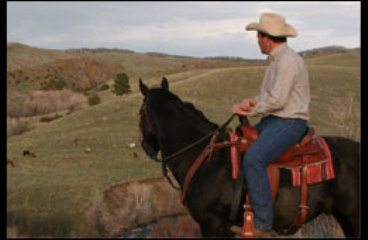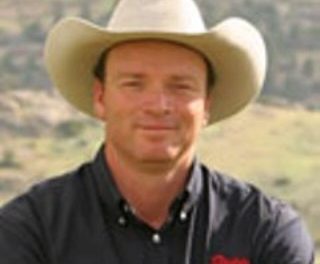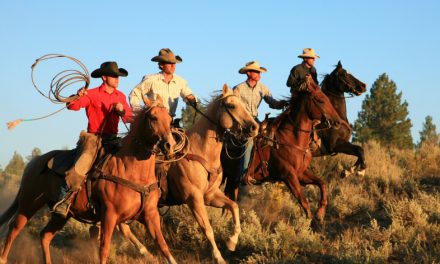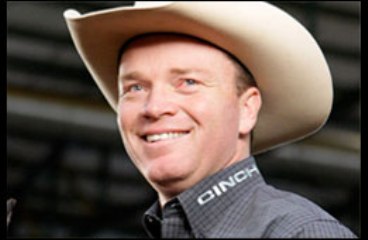 This month, we will cover how to teach your kids or any novice rider to understand leads: what a lead is, what the correct lead is in each direction, and how to feel which lead your horse is on. We’ll also share a training tip to get your horse on the correct lead if you are having trouble.
This month, we will cover how to teach your kids or any novice rider to understand leads: what a lead is, what the correct lead is in each direction, and how to feel which lead your horse is on. We’ll also share a training tip to get your horse on the correct lead if you are having trouble.
The lead on a circle is your horse’s leading front and hind leg. They will appear to be in front of the other hind and front leg as your horse travels. It is correct for the lead to be the inside leg on a circle. A circle to the right should be on the right lead, and a circle to the left should be on the left lead. When your horse is traveling in a straight line, either lead is correct.
Occasionally, you may see someone put their horse on the incorrect lead intentionally. This is called a counter canter, and is used as a training exercise to improve softness and balance. A counter canter is only considered correct if the rider specifically cued their horse for the outside lead.
The other thing you may find is a horse crossfiring in the canter. This is when the horse takes one lead in the front and the other lead behind. This is never correct, and creates a very uncomfortable jerking sensation for the rider.
Many people will try to tell which lead your horse is on by looking to see which shoulder is forward, but that puts the rider forward and out of position. Instead, I like to teach a feel for the lead so you can tell which lead you are on without looking. When your horse is on the left lead, his left hip will be driving up under him and that hip will be ahead of the other hip. This will in turn push your left hip forward slightly in the saddle, and you can tell which lead your horse is on by feeling which of your legs is farther forward in the saddle. It helps to have a spotter on the ground as you are getting the feel of this. The spotter can tell you “correct” or “incorrect” as the horse takes a lead, and you can get the feel of what you are looking for.
When you are cuing your horse for the lead, use your outside leg to help him get his hip under him, and tip his nose slightly to the inside so he is bent correctly on the circle. It’s very important that your body position stays correct as you ask for the lead. Don’t lean forward or look down, keep your chin up and sit straight in your saddle. Also, make sure you don’t lean in on the circle. If your body is out of position it makes it very hard for your horse to balance, and that makes it hard for him to take the correct lead. If you are leaning forward and in on the circle as you ask him to take the inside lead, it is almost impossible for him to lift that front shoulder since all your weight is now directly above it.
If you are really struggling to get your horse on the correct lead and it just isn’t happening, this is a great trick to set him up to take the correct lead automatically. Walk or trot your horse towards the fence at a diagonal angle. When you get 4-5’ away from the fence, stop him and roll him back towards the fence, using your outside leg to help him move. As soon as he has turned past the fence, use both legs to get him into a lope. This needs to happen relatively quickly, so you don’t lose the position you have set up for. This rollback exercise sets your horse’s hip under him, so when he goes to push off for the lope, he is already in position to take the correct lead.
Practice this in both directions. Your horse will probably have one lead that he prefers. Make sure you spend more time on the weak lead, so he develops strength evenly on both sides.
Chose a safe, broke horse for your kids to ride, and in all your training and instruction, remember to keep things simple and fun for everyone.
Enjoy the time you spend with your horses and your family, and until next time may God bless the trails you ride.
For more information on Ken McNabb’s programs call us at 307-645-3149 or go to www.kenmcnabb.com.





